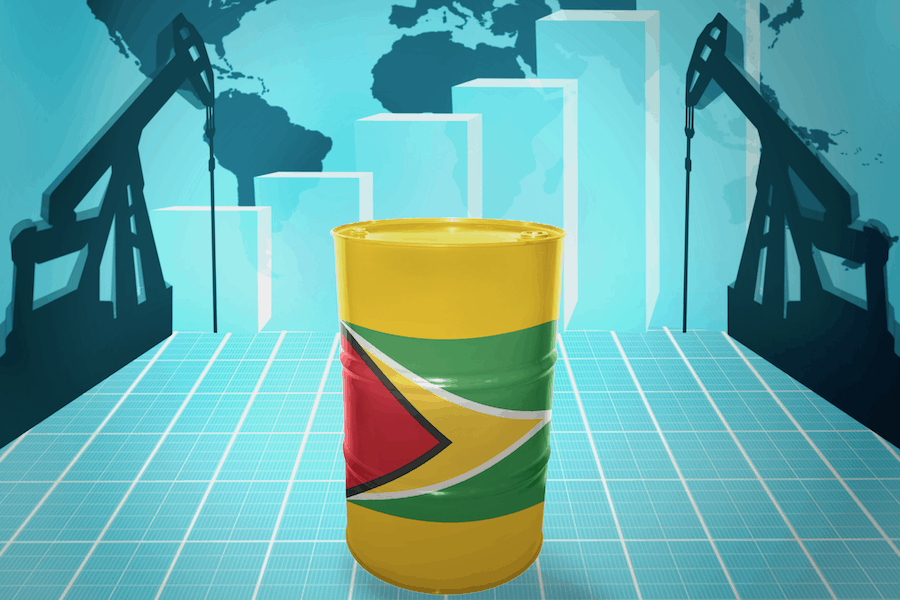It was in May this year that the International Energy Agency (IEA), one of the most reputable global research institutes on energy, released a landmark report which recommended no new fossil fuel exploration or development if the world is to achieve net-zero emissions by 2050. But one key aspect of the report highlights the fact that oil and gas will still be a very key part of the global economy, though in significantly smaller quantities.
In this regard, the report specifically states that, “oil declines by 75% to 24 million barrels per day(mb/d), from 90 mb/d in 2020.”
It therefore begs the question: Who will be feeding this demand in the next 30 years? It is expected that OPEC Members would certainly be part of the supply chain. But shouldn’t Guyana have a fair shot given the significant scale and quality of its current oil finds? This is the very question the country’s President, Dr. Mohammed Irfaan Ali and Vice President, Dr. Bharrat Jagdeo have been asking stakeholders to consider, especially in recent weeks.
In the eyes of the Vice President, it is imperative that Guyana be given the chance to develop the sector if due consideration is given to all aspects of the IEA’s report.
At his press engagement last week, Dr. Jagdeo said, “We have to develop this sector for even in 2050; there will be a demand for fossil fuels. The prices might be lower but that is why the President mentioned clearly…that although we are an oil producer, we support a strong global carbon price.”
The Vice President said, “If you have a strong carbon price that factors in the externality of the carbon and its impact on the climate then it gives a greater incentive to the faster introduction of renewable energy. Although the IEA spoke about peak oil by 2025 and then declining from 100 mb/d to 24 mb/d by 2050, they also said that the pace of that change is determined by the users too…”
He further posited that if some stakeholders continue to push the narrative of no new fossil fuel development while the demand is growing, they should critically consider what becomes of the energy gap that needs to be filled during the transition period. If the answer to that is renewable energy, then there needs to be a three-fold increase in financing for same, said the Vice President. With this in mind, he said it is imperative that Guyana develops its resources, pointing out that to not do this is tantamount to giving a monopoly to the existing producers which in his estimation, is unfair.
ExxonMobil has found around 10 billion barrels of oil offshore Guyana since 2015. With full support from Guyanese authorities, the company is moving to rapidly develop these oil fields with one already producing, a second set to come online early next year, another in 2024 and a fourth in 2025. Exxon has said it anticipates around 10 FPSO’s developing the resources found so far.
The offshore oil production operations will generate significant revenue for Guyana which the government says will play a key role in the country’s development goals and energy transition initiatives.



